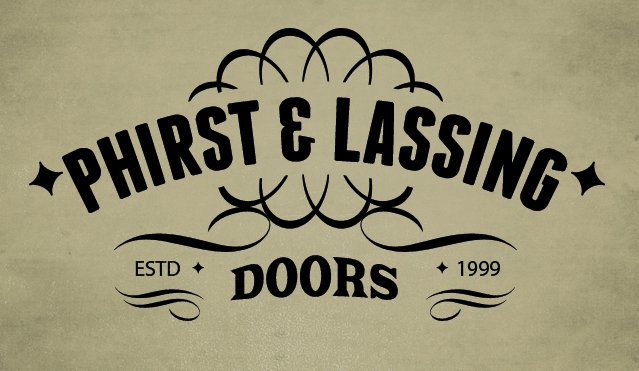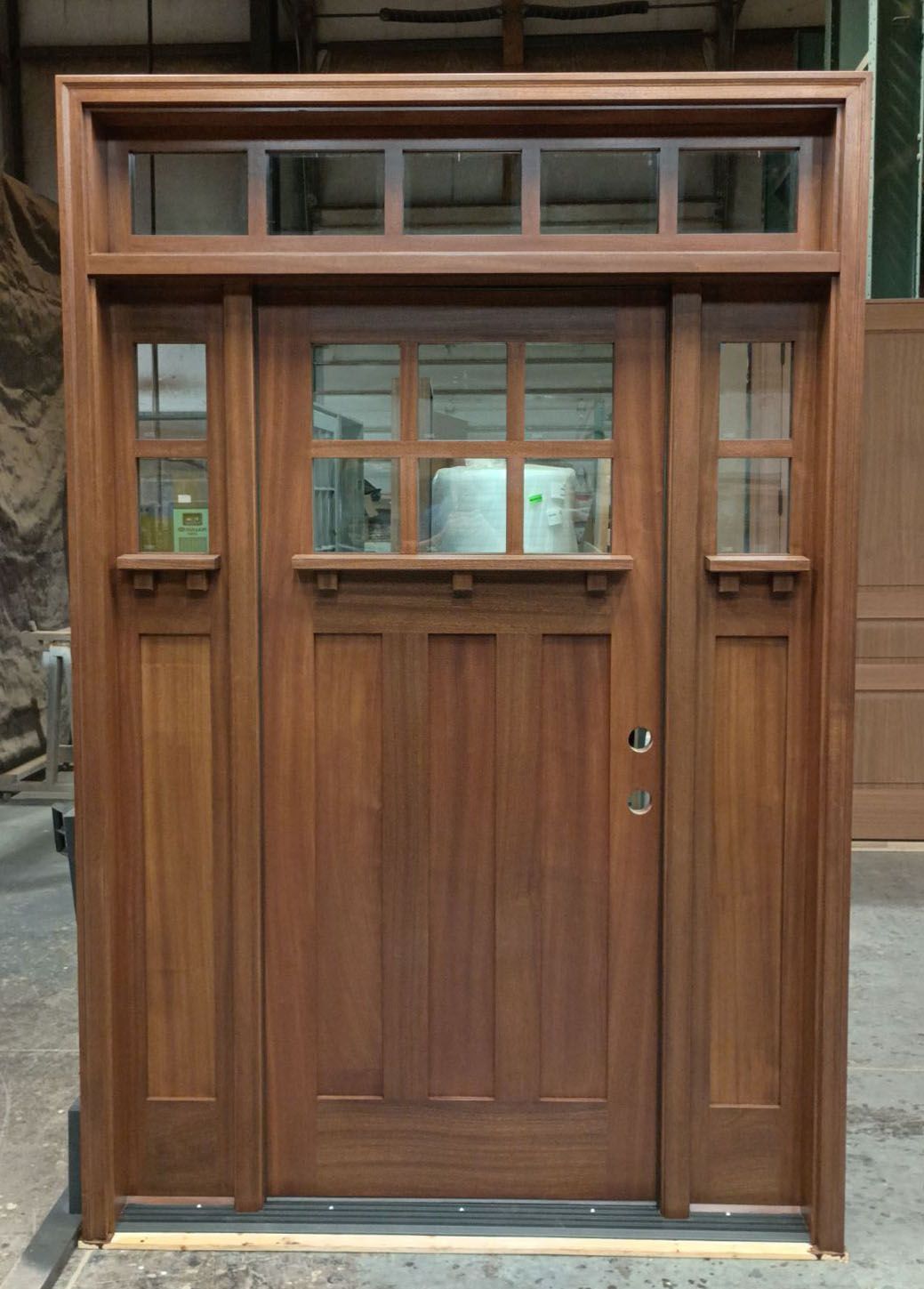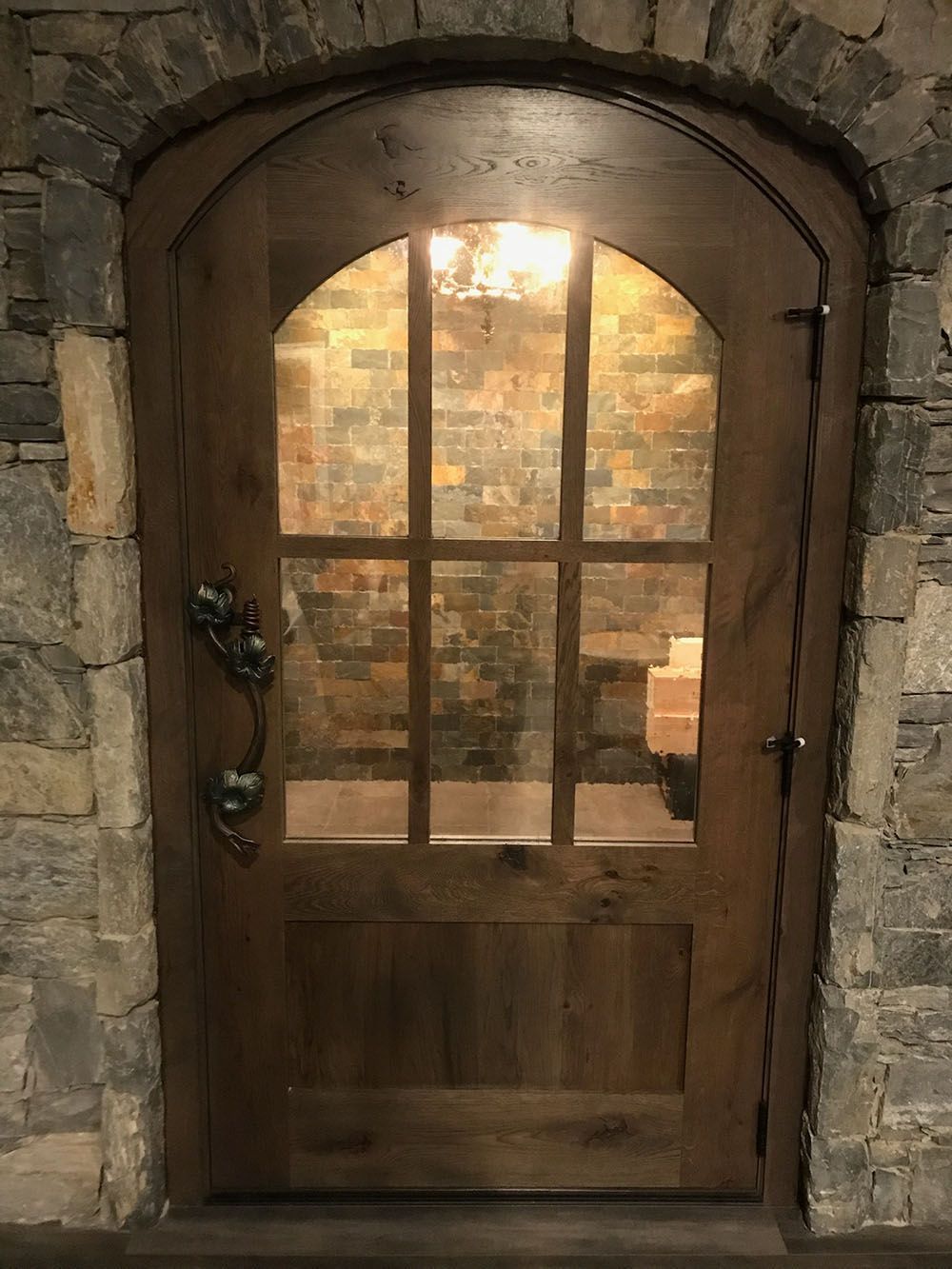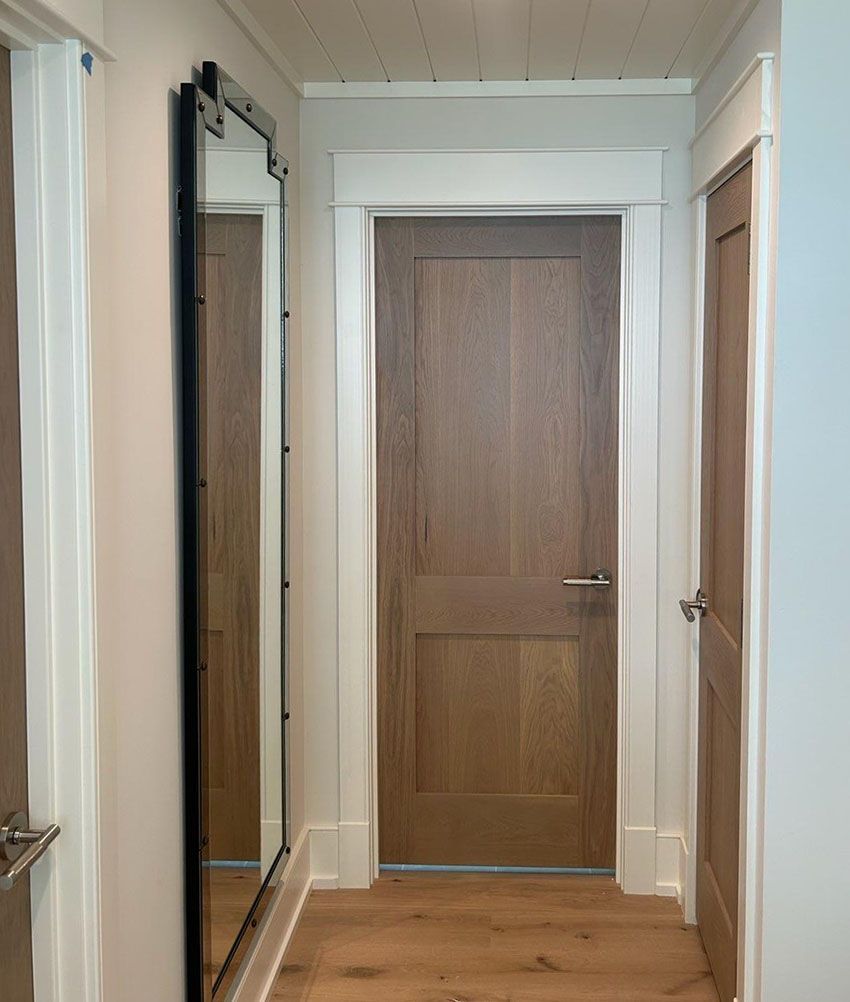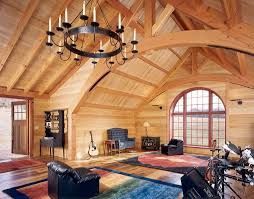Ballistic and Fire-Resistant Wooden Doors in Protecting Homes and Institutions
Discover the balance of safety and aesthetics with ballistic and fire-resistant wooden doors. Explore how these doors offer robust protection without compromising visual appeal, playing a vital role in safeguarding homes and institutions.

The need for safety and protection should not compromise the ambiance of an entryway nor should it undermine peace of mind. When choosing a ballistic or fire-resistant door, the ideal unit should prioritize safety without sacrificing aesthetics. Metal doors may come to mind but are a cold and unwelcoming reminder of their safeguarding functions: intercepting rounds from an active school shooter, denying terrorists forced entry to a place of worship, or inhibiting a fire from engulfing a family home. Wooden doors can be constructed for fire or ballistic functions offering the same robust protection as metal doors without forfeiting visual appeal. In critical situations, these fortified wood doors will play a vital role in thwarting danger.
The word ballistic, in essence, denotes the motion of projectiles in flight. More commonly, the term conveys a material’s resistance capability to bullets or other projectiles. When a projectile strikes, the transfer of energy largely depends on characteristics such as gravity, aerodynamic drag and, in the case of a bullet, muzzle velocity. The UL752 Standard for Bullet-Resisting Equipment is the premier benchmark in the assessment of bullet-resistant materials. Within this foundational construction standard, UL752 delineates 10 levels of bullet resistance, with levels 1 to 3 primarily engineered to intercept three-shot clusters discharged from typical handguns. Levels 4 through 8 will intercept shots from high powered firearms, such as an Uzi or an AR-10 Assault Rifle. A door falls under the purview of the UL752 framework as its composition includes ballistic materials.
Ballistic doors provide homeowner safety in a way standard doors cannot. The trick lies in wood framing as well as cutting and gluing the inner core. Once established, customers can request custom sizes, a variety of hardwood species and finishes, and even door designs. The wooden pivot door, a ubiquitous feature in modern design, can be rendered bulletproof. Depending on the context, historical architecture projects can be contentious, but these doors can be ballistic as well.
In accordance with the universal building codes (UCC) of 2000, every residence in the United States requires a fire door separating an attached garage from the living space, ensuring a 20-minute fire resistance. While a fire door may be priced 2 to 3 times higher than a standard interior door, homeowners often seek a cohesive appearance when opting for custom interior doors. Consequently, all interior doors within a home should share the same species and style motif, including the mandated fire-resistant door dividing the garage and living area. For clients with a discerning taste, the least expensive fire door from a lumber company will not meet their standards. In larger metropolitan areas, 90-minute rated fire doors are more common and feature a more intricate construction with a specialized inner fiber core.
Protection is a primary duty of the state. The establishment of construction fire ordinances is an example of successful public intervention. Fire doors have undoubtedly saved many lives. Sadly, a disturbing trend finds public officials placating political extremes while abdicating fundamental societal duties. When crime and danger abound, the responsibility falls on the temple, the school administrator, or the homeowner to protect life and property.
